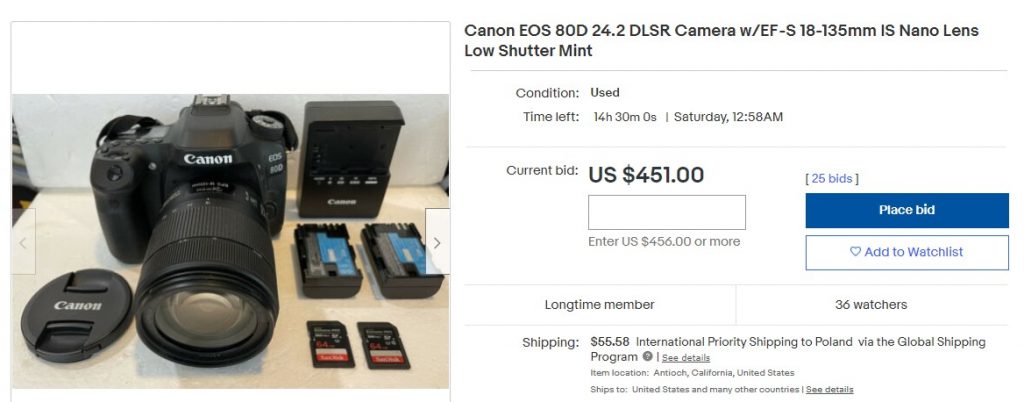Price discrimination: Definition, degrees, and examples
- 01 March 2021
 Price discrimination is an extensively used pricing strategy that, like all others, has one main purpose – to maximize the profits. Typically, we can speak of three degrees of price discrimination. What is this technique all about? And what should you keep in mind when setting prices in your store?
Price discrimination is an extensively used pricing strategy that, like all others, has one main purpose – to maximize the profits. Typically, we can speak of three degrees of price discrimination. What is this technique all about? And what should you keep in mind when setting prices in your store?
In this article, we want to take a closer look at price discrimination and explain how it differs from dynamic pricing. Additionally, we are going to show you a few real-life examples of price discrimination. But let’s not get ahead of ourselves.
What is price discrimination?
Price discrimination (also known as differential pricing) is a pricing technique in which the same product can have different prices. Usually, these price differences are based on:
- How much customers are willing to pay (first-degree price discrimination)
- How many products they want to buy (second-degree price discrimination)
- What segment they are representing (third-degree price discrimination)
PRICE DISCRIMINATION AND DYNAMIC PRICING – HOW DO THEY DIFFER?
There is a significant difference between these two pricing strategies. Dynamic pricing is all about setting optimal prices in the current situation, no matter who your customer is. The real-time supply information and demand data is what matters in dynamic pricing.
With price discrimination, it’s the customer segment and behavior that’s critical, and the same product, depending on who is viewing it, can be available at different prices.
Degrees of price discrimination
As you already know, price discrimination is not a unified strategy. It can have at least three different forms, which are called degrees of price discrimination.
THE FIRST-DEGREE PRICE DISCRIMINATION
In the first degree, you allow customers to pay for the product as much as they want. A textbook example of first-degree price discrimination is eBay. Customers are bidding on product prices, and the more they are willing to pay, the higher the final cost of the product is.
THE SECOND-DEGREE PRICE DISCRIMINATION
Here, prices are based on the quantity of purchased products. In short, the more products you buy, the per-unit cost is lower. This is how wholesaling and bulk discounts work. In other words, the same pair of socks can cost you 5 USD (when you purchase just 1 pair) or 2 USD (if you buy 5 pairs).
THE THIRD-DEGREE PRICE DISCRIMINATION
When it comes to third-degree price discrimination, sellers segment their customers based on specific attributes and behaviors. A typical example is an airline website that can show you utterly different prices of the same flight based on your previous searches and availability of seats. Another common example of third-degree price discrimination is a student discount.
Examples of price discrimination
Example 1: eBay.com
The first-level price discrimination

The more users are willing to pay, the more expensive this camera is.
Example 2: Alibaba.com
The second-level price discrimination

The more products you buy, the cheaper the hoodie is. The per-unit price difference in our example is a whopping 1230%!
Example 3: ISIC.org
The third-level price discrimination

ISIC.org offers discounted prices for various products and services for their card users’.
What should you keep in mind when setting prices?
Like we discussed earlier, price discrimination is not necessarily a bad thing. In many instances, this technique allows you to sell more. However, keep in mind that customers can have a wrong impression of your efforts. You ought to keep everything ethical. After all, no one wants to find out that they have overpaid for the plane ticket just because they made the price calculation twice.
In order to start using this strategy, you have to have a good knowledge of your customers and segment them effectively. Once you have customers segmented into various groups, you can assess whether you can start using differential pricing and how. By the way, this knowledge will help you optimize your marketing campaigns as well! The next step is to assess your customer segments’ price elasticity. This way, you’re good to go to devise a price discrimination strategy.
Earlier in this text, we showed you the difference between price discrimination and dynamic pricing. We want to go back to this question for a few moments. In many instances, setting prices based on the current market situation and competitors’ activity is far more effective than setting them based on customer groups. If you want to know more, read this post about price points.
Start dynamic pricing with Dealavo
We offer an AI-based online tool that allows you to constantly monitor both your prices and the market to set and maintain the highest prices possible. Find out more and click this button: